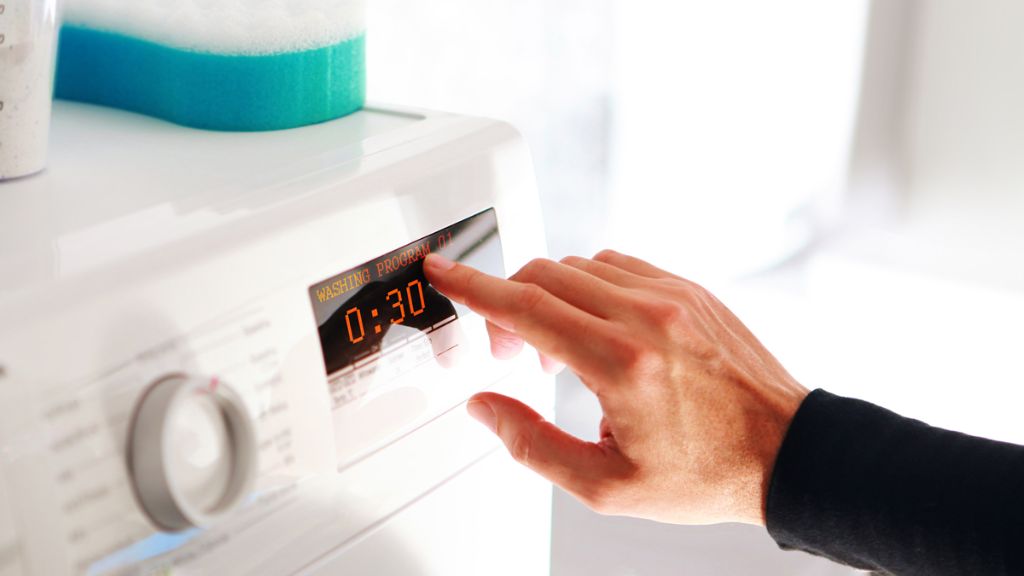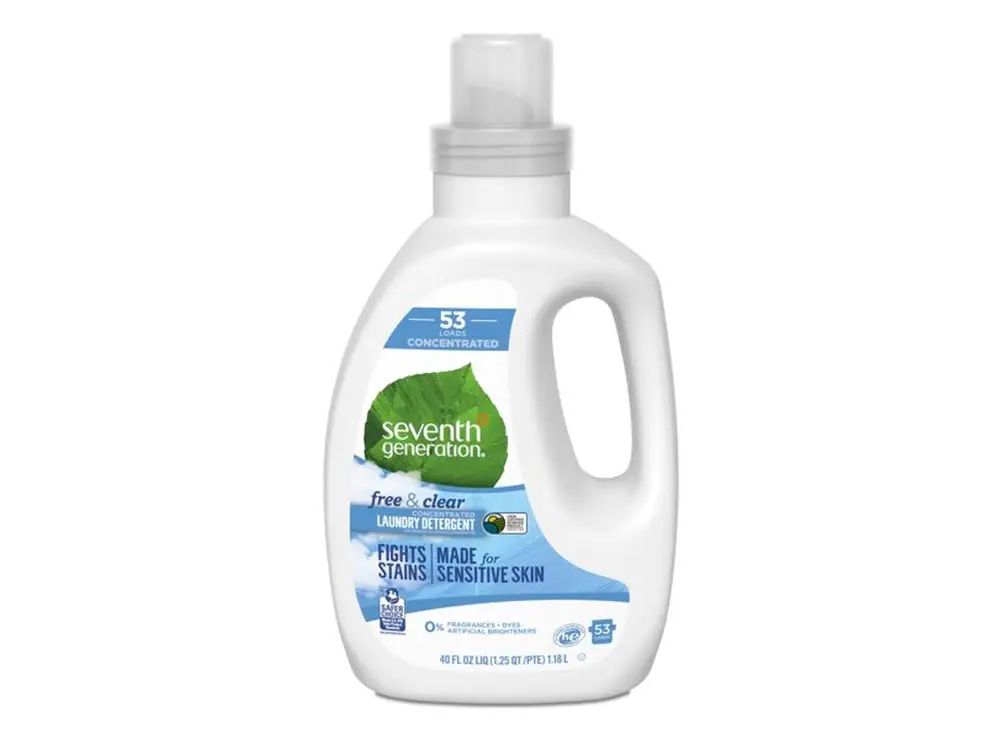Introduction
Washing your dog’s bed in the washing machine can be a quick and convenient way to clean it thoroughly. However, there are some pros and cons to consider before machine washing a dog bed.
The main benefits of washing dog beds in the washing machine include:
- It’s faster and easier than hand washing.
- The agitation of the washing machine helps release dirt, hair, and odor from the fabric.
- You can wash the entire bed at once, even for large beds.

Potential downsides to keep in mind include:
- Some beds may shrink, degrade or lose their shape in the washing machine.
- Cheaply made beds may fall apart.
- The bed will be very wet and heavy after washing, making it difficult to get in and out of the machine and to dry.
Overall, machine washing is usually fine for most high-quality orthopedic and cushion-style beds if done properly. But you’ll always want to check the care instructions first.
Check the Dog Bed’s Care Instructions
The first step is to check the care label or tag on your dog’s bed. The majority of dog beds have a sewn-in tag or attached care instructions that indicate if the bed is machine washable. If the tag says “Machine Wash Cold” or “Machine Wash Gentle”, then you have the green light to clean the bed in your washing machine. However, some tags may say “Surface Wash Only” or “Spot Clean”, meaning you should not submerge the entire bed in water. There are also beds made with non-washable materials like lambswool or sheepskin that require dry cleaning or vacuuming only. So be sure to read the instructions carefully before deciding to machine wash your dog’s bed.
Choose the Right Washing Machine Cycle

When washing a dog bed in the washing machine, it’s important to use a delicate or gentle cycle. The agitation and spinning of a regular or heavy cycle can be too rough on many dog beds, and may cause damage over time.
Opt for the gentlest cycle offered by your washing machine. This will provide enough cleaning action to wash the dog bed, while minimizing the stress on the materials. If your machine has a handwash or wool cycle, that is ideal.
In addition to choosing a delicate cycle, always wash dog beds in cold water. Hot water can cause dog beds to shrink, fade, or become misshapen. Cold water will sufficiently remove most dirt, odors, and allergens from the dog bed when used with a mild detergent.
Following the delicate cycle and cold water guidelines will help keep your dog’s bed clean and cozy for many washes to come.
Use a Gentle Detergent
When washing your dog’s bed, it’s important to use a gentle, pet-safe detergent. Avoid detergents with dyes, perfumes, or other harsh chemicals that could irritate your dog’s skin. The best option is to use a specialized pet detergent made specifically for washing items used by dogs and cats.

Look for a pet detergent that is dye and perfume free. These additives serve no purpose for pet items and can cause allergic reactions in some dogs. An unscented detergent reduces the risk of skin irritation. Detergents made for baby clothes can also be a good gentler option.
Pet detergents are designed to break down pet messes, like urine, feces, and drool, that regular detergents may not handle as well. But they do so without using harsh chemicals. The formulation is tailored for a pet’s sensitive skin.
Using a specialty pet detergent can help get your dog’s bed truly clean, eliminate odors, and prevent detergent residue that could bother your dog’s skin. Follow the detergent’s label instructions based on the size of the load and how dirty the bed is.
Pre-Treat Any Stains
Before washing your dog’s bed, inspect it closely for any dried-on stains or heavily soiled areas. Spot clean any stained or soiled areas before putting the bed in the wash. This pre-treats the stains, helping to lift them during the wash cycle.
Mix a solution of warm water, dish soap, and white vinegar, then use a sponge or soft-bristle brush to gently scrub the stained area. Let it soak for 15-20 minutes before rinsing clean.
For tougher odors and stains like urine, make a solution of one part hydrogen peroxide and one part water. Apply it to the stain, let sit for 5 minutes, then dab with a clean cloth. The peroxide will help lift and deodorize the stain.
If the bed’s care tag allows, you can also use an upholstery cleaner, carpet cleaner, or enzymatic pet odor remover according to package directions. Test on an inconspicuous area first.
By pre-treating and spot cleaning dried-on or heavy stains beforehand, you can help ensure your dog’s bed comes out of the wash looking and smelling fresh and clean.
Air Dry the Bed
After washing the dog bed, it’s best to air dry it instead of machine drying. The heat from a clothes dryer can cause the materials in dog beds to shrink or become misshapen. To properly air dry a dog bed:
- Take the bed outside and lay it flat in a shady spot where it can get good air circulation. Direct sunlight can fade colors and damage materials.
- You can also hang or line dry the dog bed. Clip it to a clothesline or drape it over a railing. This allows air to reach both sides of the bed.
- Make sure the bed is completely dry before putting it back in use. A damp dog bed can promote mold and mildew growth.
- Fluff and reshape the bed while drying to retain its original shape and loft.
Air drying protects the dog bed materials and allows it to fully dry without shrinkage issues. It may take longer than machine drying, but it’s the safest method for drying a washed dog bed.
Check for Shrinkage

After washing and drying your dog’s bed, it’s important to check if the bed has shrunk at all. Measure the length and width of the bed and compare it to the original dimensions. Some beds may shrink 5-10% after their first wash.
If the bed has shrunk significantly, it likely means the filling has compressed. A compressed filling will make the bed less comfortable for your dog. You may be able to temporarily re-fluff the bed by breaking up any clumps in the filling and reshaping the bed. However, shrinkage usually continues to get worse with subsequent washings.
If the bed has shrunk only a little bit, it may not affect your dog’s comfort level. But monitor any additional shrinkage after future washings. At a certain point, it’s best to replace a bed that has shrunk too much. An ill-fitting bed can disrupt your dog’s sleep.
Clean the Washing Machine
After washing your dog’s bed, it’s a good idea to run an empty wash cycle with hot water to rinse out any excess fur, dirt or cleaning agents. This helps prevent odors from building up over time. You may also want to wipe down the inside of the machine with a disinfectant or a mixture of vinegar and water to prevent lingering smells.
If your machine has a self-cleaning cycle, you can use that instead. Refer to your owner’s manual for specific instructions. The high temperatures reached during a self-cleaning cycle help sanitize the interior and remove residue.
Make this an ongoing habit each time you wash your dog’s bedding. A quick rinse cycle takes just a few minutes but goes a long way in keeping your machine fresh and preventing odors. Your next load of laundry will smell cleaner as a result.
Alternative Cleaning Methods
Along with washing, there are some other effective ways to clean your dog’s bed that are gentler and allow you to target specific areas.
Vacuuming
Use the brush or upholstery attachment on your vacuum to regularly clean the surface of the dog bed. Vacuuming helps lift dirt, fur, and other debris that can accumulate on the bed’s exterior.
Focus on vacuuming the sides and underside of the bed, which can collect a lot of hair and dust. Make sure to vacuum all crevices thoroughly.
For beds with a removable cover, you can take the cover off and vacuum it separately before replacing it on the bed.
Vacuuming weekly or bi-weekly can keep the dog bed relatively clean between occasional deep cleans.
Spot Cleaning
Spot clean messes on the dog bed as soon as you notice them. Dab at wet stains with a clean rag or paper towel.
For dirt, mud, or poop stains, let the bed dry completely first. Then use a small brush or scrub brush with warm water to work the stain out of the fibers. You can also use a small amount of pet-safe cleaner.
Blot the area with a clean towel until all soap residue is lifted. Allow the spot to air dry.
Targeted spot cleaning preserves the dog bed in between full washings.
When to Replace a Dog Bed
No matter how well you care for your dog’s bed, there will come a time when it needs to be replaced. Some signs that indicate it’s time to retire an old dog bed and purchase a new one include:
Signs of Wear: Dog beds can get a lot of use, especially if your dog sleeps on their bed every night. Over time, the filling starts to compress and lose its cushioning ability. The outer fabric also wears down, developing rips, holes, and frayed seams. If the bed is lumpy or no longer offers padding for your dog’s joints, it’s best to replace it.
Difficult Stains: Accidents happen, and some stains are impossible to remove completely despite your best cleaning efforts. If the bed has developed major staining or odors that won’t go away, the time has come to toss it out. Lingering odors and stains can irritate a dog’s sensitive nose.